Tag: trauma

Mortality of civilian patients with suspected traumatic hemorrhage receiving pre-hospital transfusion of packed red blood cells compared to pre-hospital crystalloid
In a single centre UK HEMS study, in patients with suspected traumatic hemorrhage who received a PRBC transfusion there was an observed, but non-significant, reduction in mortality at 6 h and 28 days, also reflected in... read more
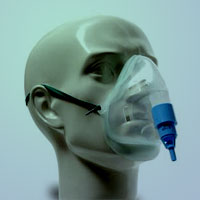
Mortality and Morbidity in Acutely Ill Adults Treated with Liberal vs. Conservative Oxygen Therapy
In acutely ill adults, high-quality evidence shows that liberal oxygen therapy increases mortality without improving other patient-important outcomes. Supplemental oxygen might become unfavourable above an SpO2 range of 94-96%.... read more

How Doctors Responded After NRA Told Them To “Stay In Their Lane”
If the goal of the National Rifle Association (NRA) was to get doctors' attention, the Tweet posted recently certainly did its job. The NRA editorial that accompanied the Tweet included the following statement: "some doctors’... read more

Septic Shock: Innovative Treatment Options in the Wings
Vitamin C, angiotensin-II, and methylene blue are emerging options on the cutting edge of refractory septic shock treatment that require more investigation, but nevertheless appear promising, Rishi Rattan, MD, said at the... read more
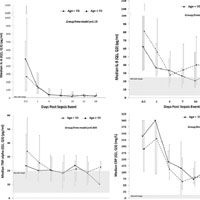
The impact of age on the innate immune response and outcomes after severe sepsis/septic shock in trauma and surgical ICU patients
Aged, critically ill surgical patients have greater organ dysfunction and incidence of adverse clinical outcomes after sepsis. Biomarker profiles suggest an immunophenotype of persistent immunosuppression and catabolism.... read more

Blood test may obviate need for head CTs in brain trauma evaluation
A biomarker test based on the presence of two proteins in the blood appears to be suitable for ruling out significant intracranial injuries in patients with a history of mild traumatic brain injury (TBI) without the need... read more

Presenting Characteristics Associated With Outcome in Children With Severe TBI
Severe traumatic brain injury is a clinically heterogeneous disease that can be accompanied by a range of neurologic impairment and a variety of injury patterns at presentation. This secondary analysis of prospectively collected... read more
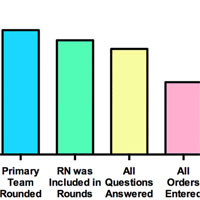
Implementing a Standardized Nurse-driven Rounding Protocol in a Trauma-surgical ICU
We instituted several interventions in our trauma and surgical ICU aimed at improving communication and teamwork between RNs and MDs. Informal feedback indicated greater satisfaction among RNs and MDs with the working environment.... read more

ESPEN Guideline on Clinical Nutrition in the ICU
Following the new ESPEN Standard Operating Procedures, the previous guidelines to provide best medical nutritional therapy to critically ill patients have been updated. These guidelines define who are the patients at risk,... read more

How Do Resuscitation Teams at Top-Performing Hospitals for In-Hospital Cardiac Arrest Succeed?
Resuscitation teams at hospitals with high IHCA survival differ from non–top-performing hospitals. Our findings suggest core elements of successful resuscitation teams that are associated with better outcomes and form the... read more
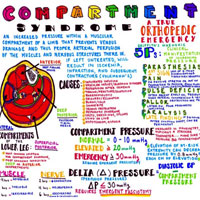
The Dreaded Acute Compartment Syndrome
When obtaining intracompartmental pressures, place the catheter within 5cm of the fracture level, with the transducer secured at the level of the measured compartment. Make sure to keep the catheter tip outside of the actual... read more

PTSD Phenomena After Critical Illness
Experiencing critical illness and intensive care can be extremely stressful. Roughly 1 in 5 critical illness survivors have clinically significant post-traumatic stress disorder (PTSD) symptoms in the year after intensive... read more
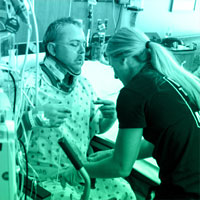
Stopping ICU delirium by getting patients moving
Doctor says the treatment plan makes a 'massive difference' to those in critical care. Any hospital stay can be traumatic. But 30 percent of patients in intensive care units experience ICU delirium. The rate for... read more

Breaking it Down: Post Intensive Care Syndrome and Recovery – Emotions
The emotional aftermath of critical illness/injury is something that often catches people by surprise but can have a significant impact on daily life. People who have been critically ill/injured often describe difficulty... read more




